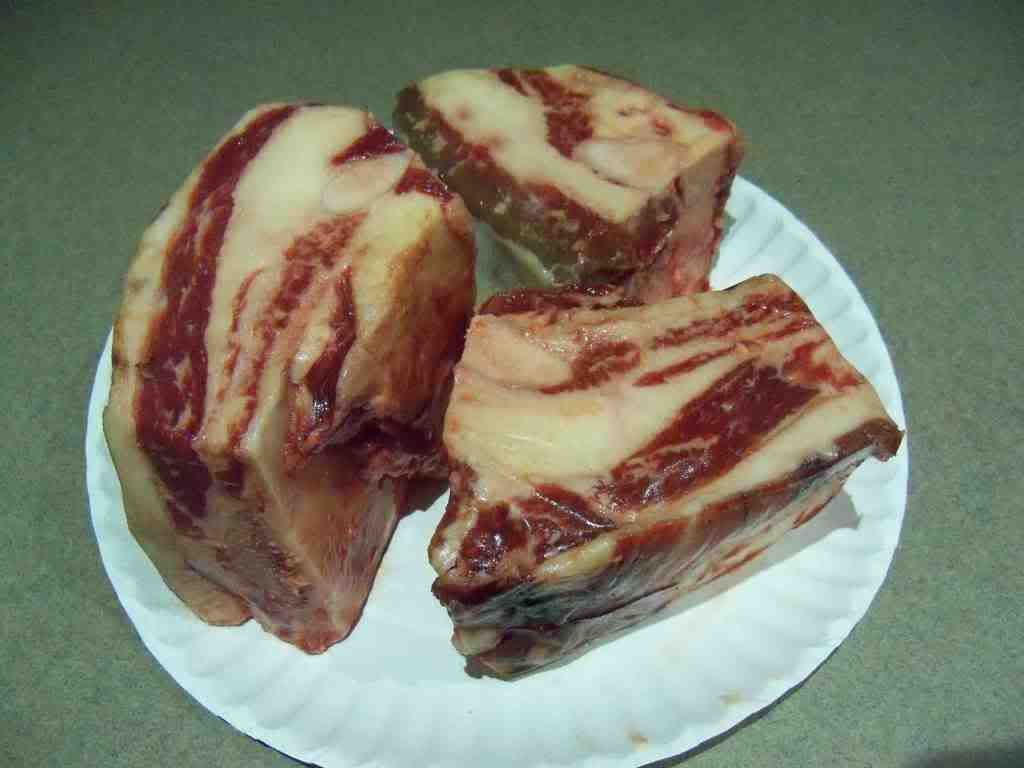|
|
Post by rovingreporter on Jun 9, 2014 16:51:26 GMT
Found in past issue Acres USA, ( Sept 2013 - PG10)
Red Devon Cattle breeders of North America announced the merge of two Devon Associations; The American Devon Cattle Association and the North American Devon Association are merging into Red Devon USA. Red Devon cattle have enjoyed a rebirth in North America and are now ready to take their place in high-end beef production demonstrating why George Washington thought they were the breed to own.
This true heritage breed of cattle arrived in the United States in 1623 aboard the ship "Charity". Prized by the early pioneers for their ability to thrive on minimal forage and produce life-sustaining meat and milk they populated the country. Red Devon cattle are known for their docility, longevity, fertility, and their unique ability to produce gourmet quality beef on a grass-only diet.
|
|
|
|
Post by wvdexters on Jun 12, 2014 13:49:19 GMT
I don't believe I have ever seen a red devon. I looked them up and the traditional animals seemed to be nice, a bit larger than dexters though.
The site also brought up the issue that the breed is being "changed" now. The traditional red devon is being developed into a larger beefier breed in the hopes of competing with the commercial breeds. Traditional, dual purpose types are quickly disappearing. Only one "milky" line still remains in the breed.
Breeders are using much larger bulls on their cows now and incidences of birthing problems are on the rise with many calves now having to be pulled. Surprisingly enough there is even a push to the "new" POLLED.
Huh?
I wish I had noted the name of the site. Google "Red Devon"
|
|
|
|
Post by genebo on Jun 12, 2014 17:39:14 GMT
My friend, who raised Dangus (Dexter/Angus) beef cattle for a long time couldn't find a suitable replacement for Ivanhoe, his Dexter bull. After a few tries, he then tried a Devon bull that Gearld Fry helped him find. More body fat and larger portion sizes. He had too many birthing incidents. He was spoiled by having had zero difficult births using Ivanhoe. He then switched to "mini" Devon, about the same size as Ivanhoe. This one must have been a runt, because it threw big calves and had the same number of difficult births as the other Devon bull. He used a Dexter/Shorthorn bull for a while. That worked well, except that the portion sizes were too small for the Arby's people who wanted to buy his grass fed beef. That's not a big problem, because he can still sell practically every beef calf he raises (about 70 per year) to his private customer list. You should see the amount of fat that the first Devon bull laid on his calves. Here are some Devon/Angus short ribs:  |
|
|
|
Post by jamshundred on Sept 3, 2014 4:22:08 GMT
Back to the Devons. Gene, have you noticed the new ads in major rural publications? The Devons seem to have taken a page from the Angus book. They have joined forces and they are blanketing the rural readers with ads declaring Devons the "gotta have" breed for grass-fed production. Frankly, I'm impressed with their effort. Full page beautiful ads!
Speaking of meat. . . . plain ol' hamburger ( not lean) was $3.99 pound at the butcher. ( Not the grocery - the butcher shop). Lean hamburger was $4.29. I took a bull to the sale barn. 8 years old - big horns - chondro. $1.12 lb. Had he been polled and frauded he would have brought another 30 cents at least. MANY owners of non-horned cattle can now get as much or more for them at sale barns then in private sales.
Hey! This is a great time to get rid of those non-horned grade Dexters you own!
Judy
|
|